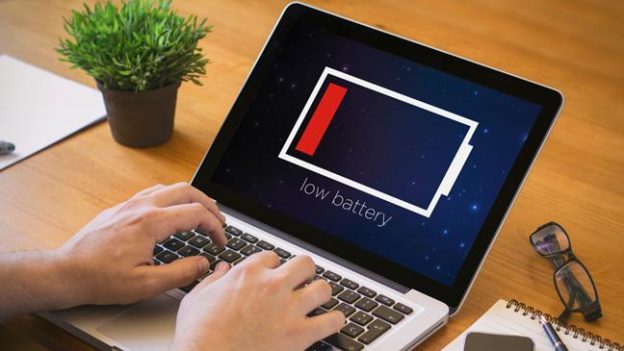

The arbitrary silliness of using a tomato as a stand-in for units of time belies the Pomodoro Technique's serious effectiveness when it comes to helping people get things done. The Pomodoro technique is all about getting your mind in the zone to finish your tasks. If the system seems simple, that’s because it is. Keep an "Overlearning" project in Todoist with a list of tasks you can quickly choose from the next time you find yourself with pomodoro time to spare. For example, you could spend the extra time reading up on professional journals or researching networking opportunities. Use the rest of your time for overlearning, or improving skills or scope of knowledge.

The rule applies even if you do finish your given task before the timer goes off. Cirillo recommends that you track interruptions (internal or external) as they occur and reflect on how to avoid them in your next session. In the event of an unavoidable disruption, take your five-minute break and start again. A digital task manager like Todoist is a great place for these, but pen and paper will do too. Any ideas, tasks, or requests that come up should be taken note of to come back to later. The pomodoro is an indivisible unit of time and can not be broken, especially not to check incoming emails, team chats, or text messages. For example, "write rent check," "set vet appointment," and "read Pomodoro article" could go together in one session. Any tasks that will take less than one Pomodoro should be combined with other simple tasks. Sticking to this rule will help ensure you make clear progress on your projects. If a task requires more than four pomodoros, it needs to be divided into smaller, actionable steps. The 25-minute work sprints are the core of the method, but a Pomodoro practice also includes three rules for getting the most out of each interval:īreak down complex projects. When your session ends, mark off one pomodoro and record what you completed.Īfter four pomodoros, take a longer, more restorative 15-30 minute break. Set your timer for 25 minutes, and focus on a single task until the timer rings. Though Cirillo went on to write a 130-page book about the method, its biggest strength is its simplicity: Encouraged by the challenge, he found a tomato (pomodoro in Italian) shaped kitchen timer, and the Pomodoro technique was born. Feeling overwhelmed, he asked himself to commit to just 10 minutes of focused study time. Cirillo was struggling to focus on his studies and complete assignments. The Pomodoro Technique was developed in the late 1980s by then university student Francesco Cirillo. Take the quiz Explore on your own What is the Pomodoro Technique?

Get a personalized recommendation based on your workstyle and goals. Find out which productivity method fits you best


 0 kommentar(er)
0 kommentar(er)
